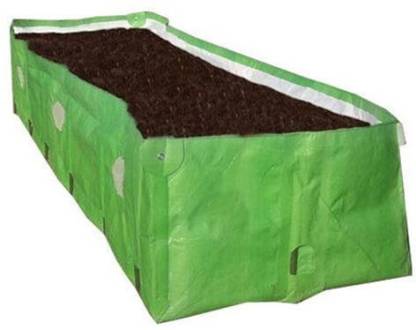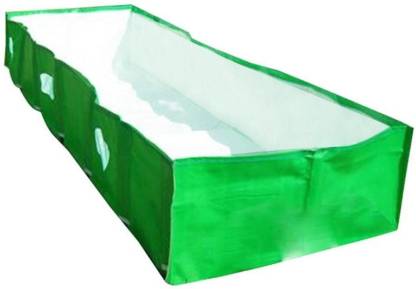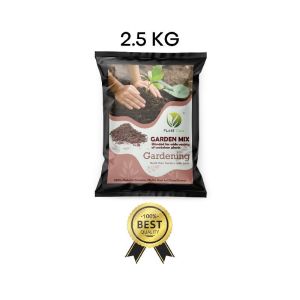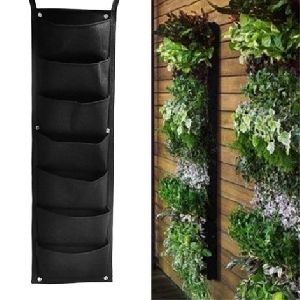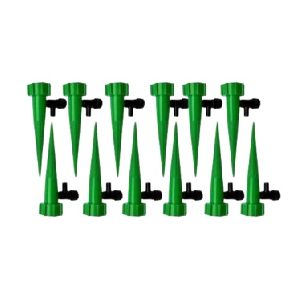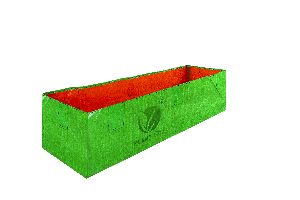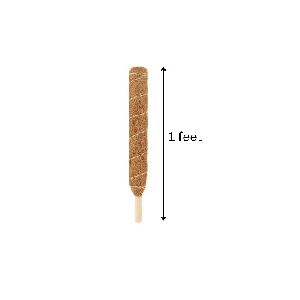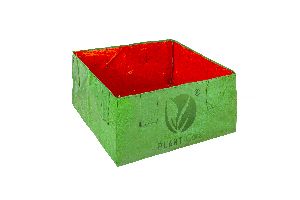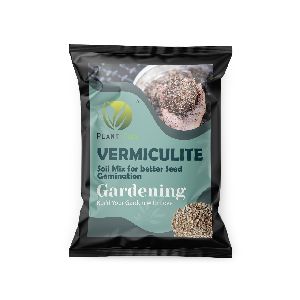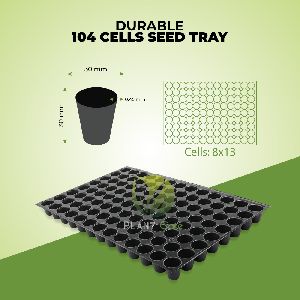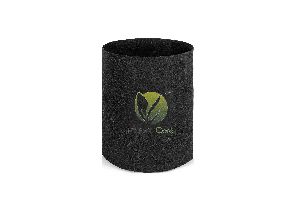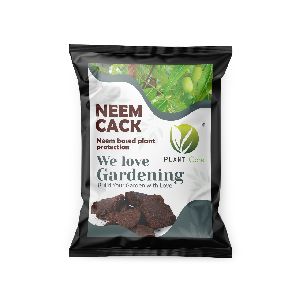Bapu Nagar, Ahmedabad, Gujarat - Send SMS
- Send Email
| Business Type | Manufacturer, Supplier |
| Brand Name | Plant Care |
Vermicompost, also known as vermibed, is made from the decomposition of organic materials by worms. It is a rich source of nutrients and can be used in a variety of settings, including home gardens, commercial farming, and landscaping. Here are some steps for making vermicompost:
- Gather materials: To make vermicompost, you will need a container, worms, and organic materials to compost. You can use a plastic or wooden container, or you can build a vermicompost bin. Red worms, also known as red wriggler worms, are the most commonly used worms for vermicomposting.
- Set up the container: Fill the container with moist bedding material, such as shredded newspaper or straw, and add a handful of worms. The bedding should be moist but not wet, and the worms should have plenty of space to move around.
- Add organic materials: Start adding organic materials to the container, such as food scraps, garden waste, and other compostable materials. Be sure to chop or shred the materials into small pieces to help the worms process them more efficiently.
- Monitor the vermicompost: Keep an eye on the vermicompost and make sure that the bedding remains moist but not wet. You may need to add more bedding or organic materials as needed. As the worms break down the organic materials, they will produce a rich, nutrient-dense compost.
- Harvest the vermicompost: After a few months, you can begin harvesting the vermicompost. To do this, simply remove the finished compost from the top layers of the container, leaving the worms and unfinished compost behind. You can use the vermicompost to enrich soil and improve plant growth.
Key point : vermibed, vermibed for plants, vermicompost bag, vermicompost bags for manufacturing, hdpe vermicompost bed, hdpe vermi bed
Looking for "Vermi Beds" ?
Piece

